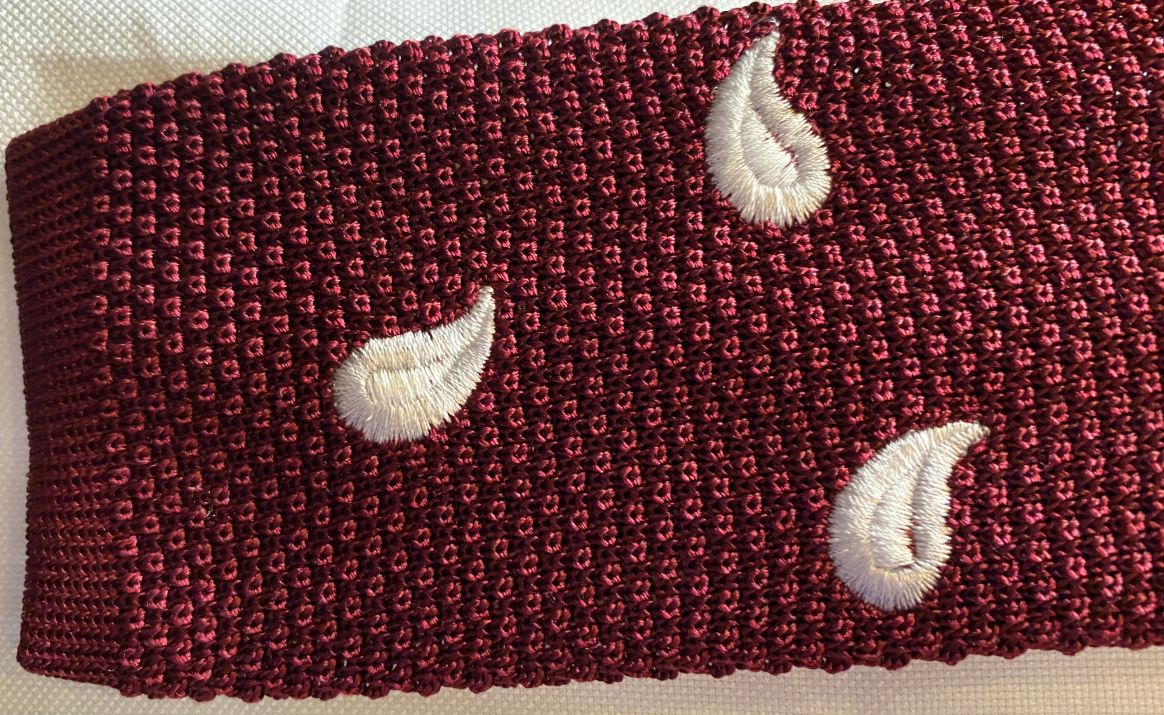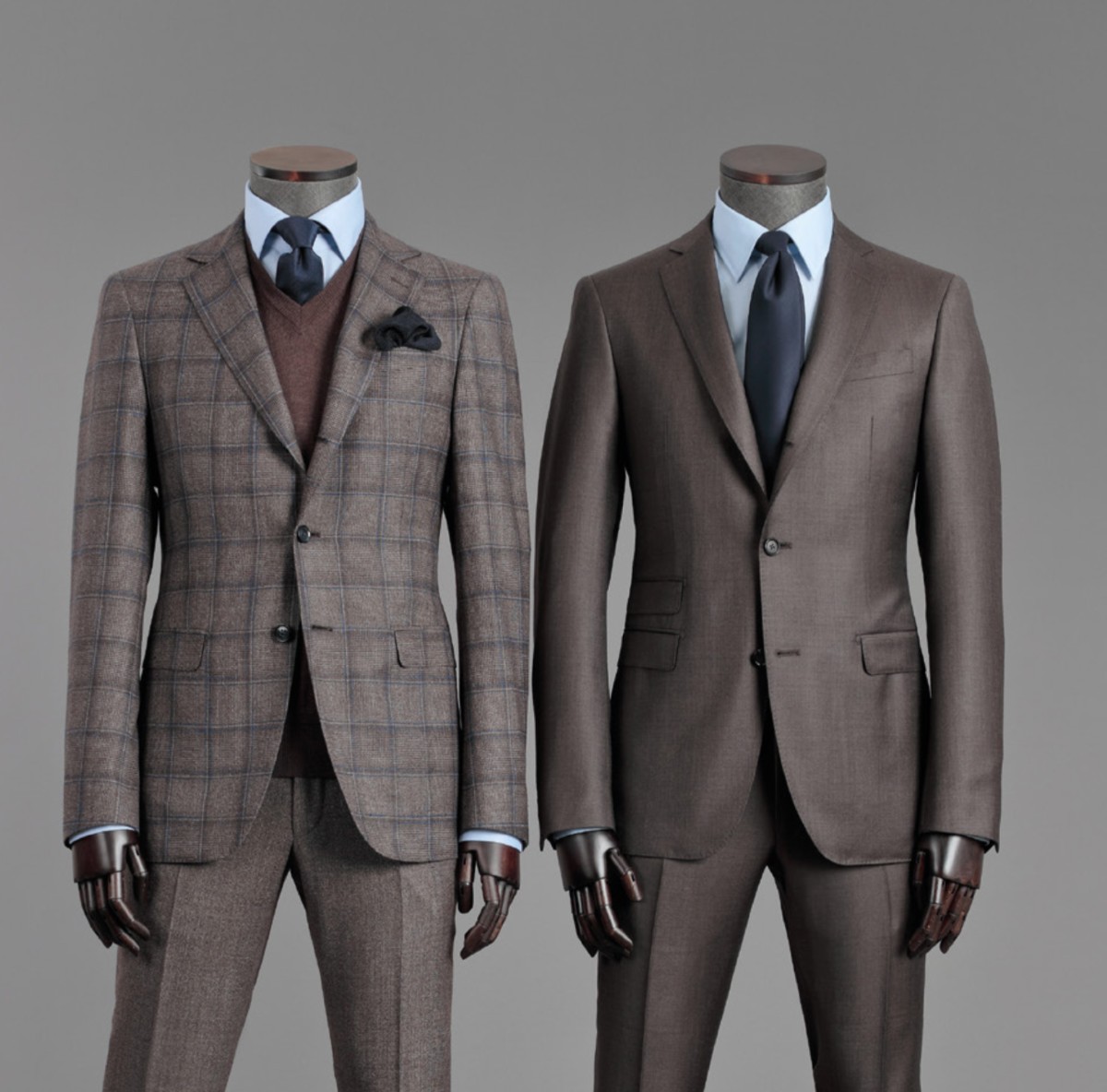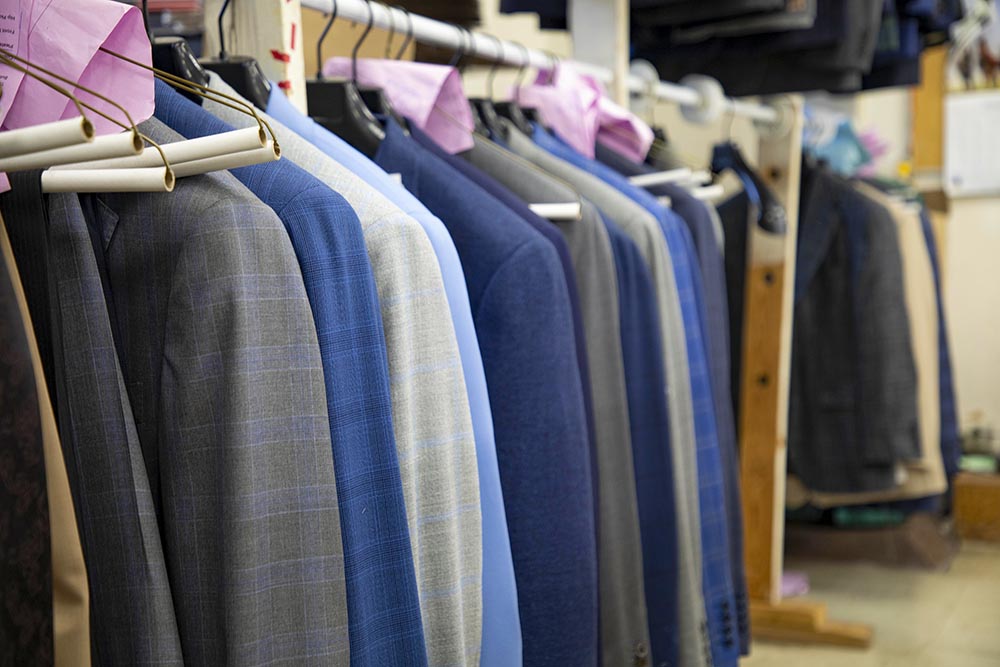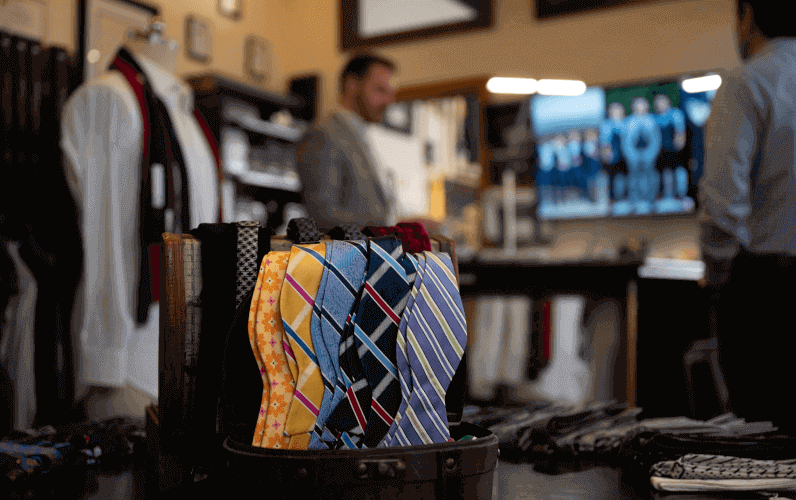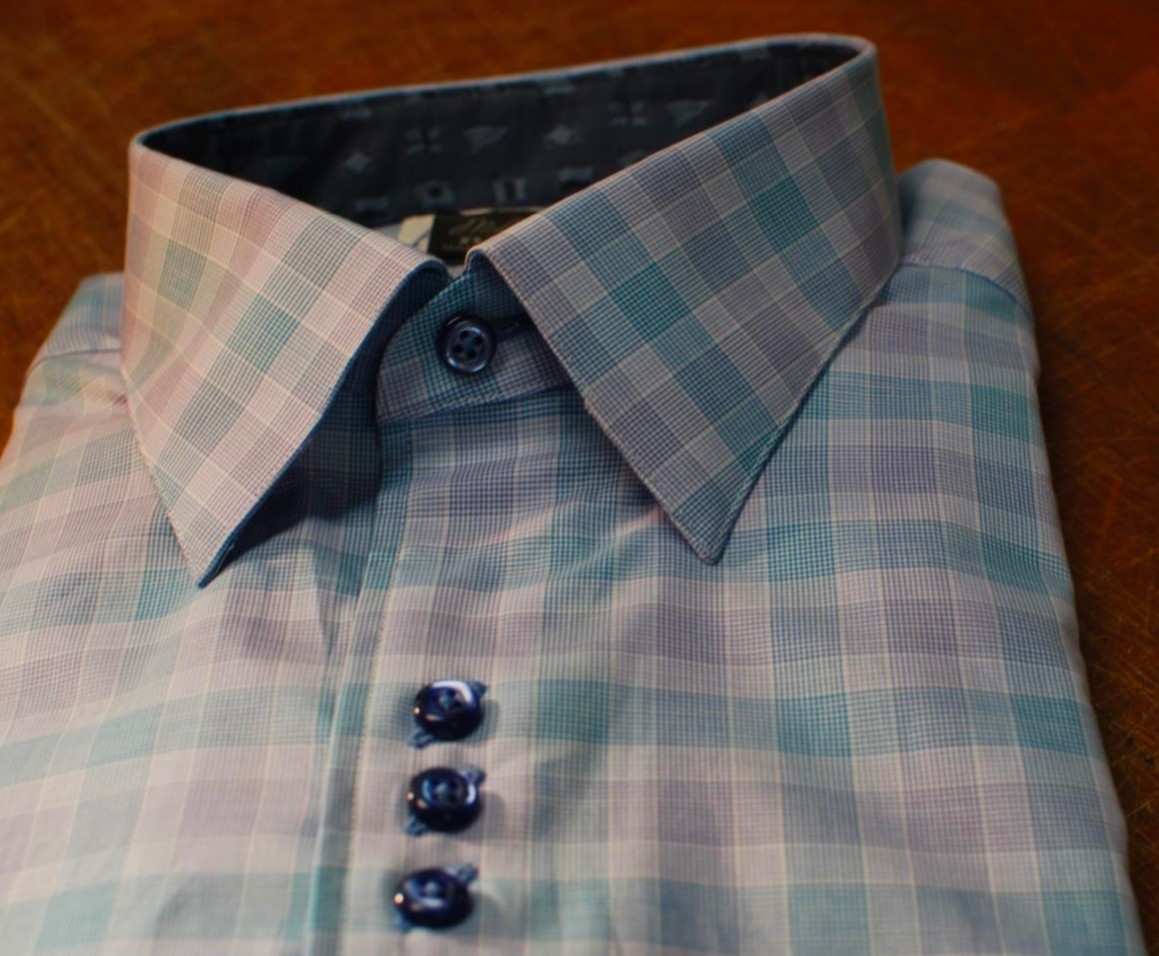 When you tell someone that you’re a custom tailor, a common response is, “Oh, so you make suits?” This is obviously true, but it’s far from the only thing we do. One of our largest categories is custom shirtings, and for good reason. There are loads of different elements of men’s custom dress shirts, so dress shirts lend themselves well to customization.
When you tell someone that you’re a custom tailor, a common response is, “Oh, so you make suits?” This is obviously true, but it’s far from the only thing we do. One of our largest categories is custom shirtings, and for good reason. There are loads of different elements of men’s custom dress shirts, so dress shirts lend themselves well to customization.
As you read, please be aware that any design you see can be achieved when making custom shirts with us – what we present here are just some of the options we discuss with clients, not the entirety.
The Importance of Shirts
If you think of a complete outfit as a framed piece of art, the suit would be your frame, the shirt would be your canvas, and the accessories are the artwork. Your shirt is in most people’s direct line of sight and borders the face, so it gets a lot of attention. In terms of comfort, the material of a dress shirt is arguably more important than that of a suit. After all, it’s making contact with your skin. A suit jacket, on the other hand, only touches the shirt it covers.
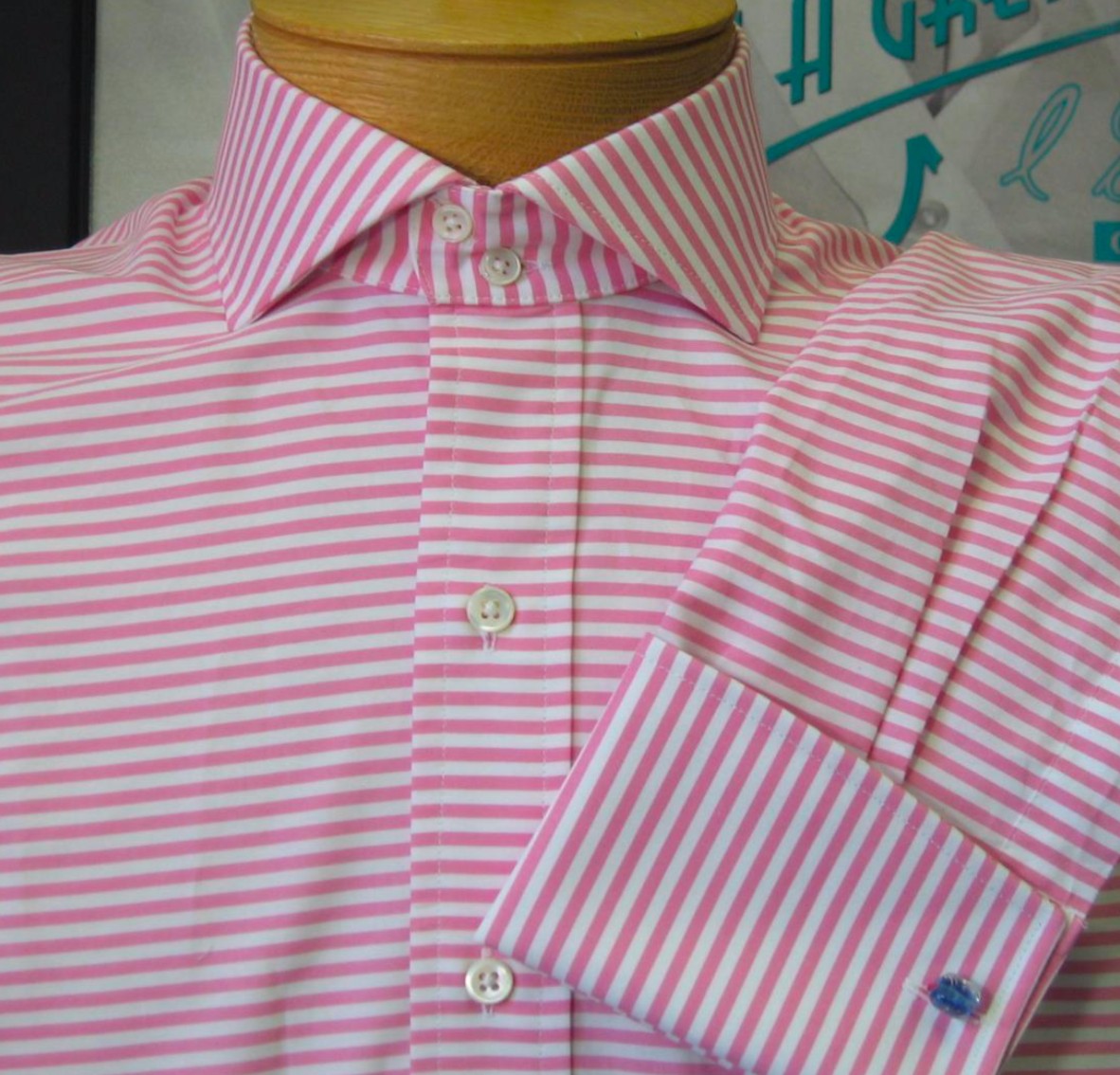 In short: shirts are important, and you need to wear good ones. There’s a lot that goes into a shirt, especially when you go the custom route. To that end, let’s briefly discuss the elements of a men’s custom shirt.
In short: shirts are important, and you need to wear good ones. There’s a lot that goes into a shirt, especially when you go the custom route. To that end, let’s briefly discuss the elements of a men’s custom shirt.
The fabric of a shirt – a complex topic in its own right – is merely its starting point. Here are three key components of shirts that warrant attention: collars, cuffs, and styling.
Collars
We’ll be using some industry terminology going forward, here are a few you’ll see in this article:
Points: The parts of the collar that surround the collar button. With the collar buttoned, the bottoms of the points will make contact with your clavicle area.
Spread: The distance between the bottoms of the collar points. The menswear industry uses many different terms to describe the looks of different spreads. “Point” collars typically have points that are close together. The term “spread collar” refers to anything with a medium-to-large degree of spread. “Cutaway” or “extreme cutaway” are terms you’ll see that refer to spreads around the 180-degree area: these are highly stylized and fashion-forward.
Thankfully, things aren’t actually that involved. Simply think of collar spread as existing on a continuum; nearly-closed collars are on one end, and wide-open collars are on the other. Collars simply have a degree of spread, not arbitrary names to indicate a level of spread.
Tie Space: Distance between the collar points’ tops. What spread is to the bottoms of collar points, tie space is to the tops of collar points.
Band: The part of the collar whose inside makes direct contact with your neck.
Leaf: The part of the collar that’s folded over and would cover a tie if you wore one.
Why Are Shirt Collars So Important?
Short answer: it directly borders your face, and your face is the most important part of any outfit you’ll ever wear. Think about your face as a picture and your shirt collar as the frame. You wouldn’t put a 5×7 photo in an 8×10 frame, or even worse, the other way around, would you? Your face is your most expressive body part, and other humans look at it when deciphering the messages you convey. As such, it behooves you to pay a lot of attention to that area.
The best-looking shirt collars balance the wearer’s face shape. Men with more length than width in their faces should choose collars on the wider end of the spectrum. This collar width will balance their faces’ length, whereas a narrower spread will accentuate that length and make him appear lanky and out of balance.
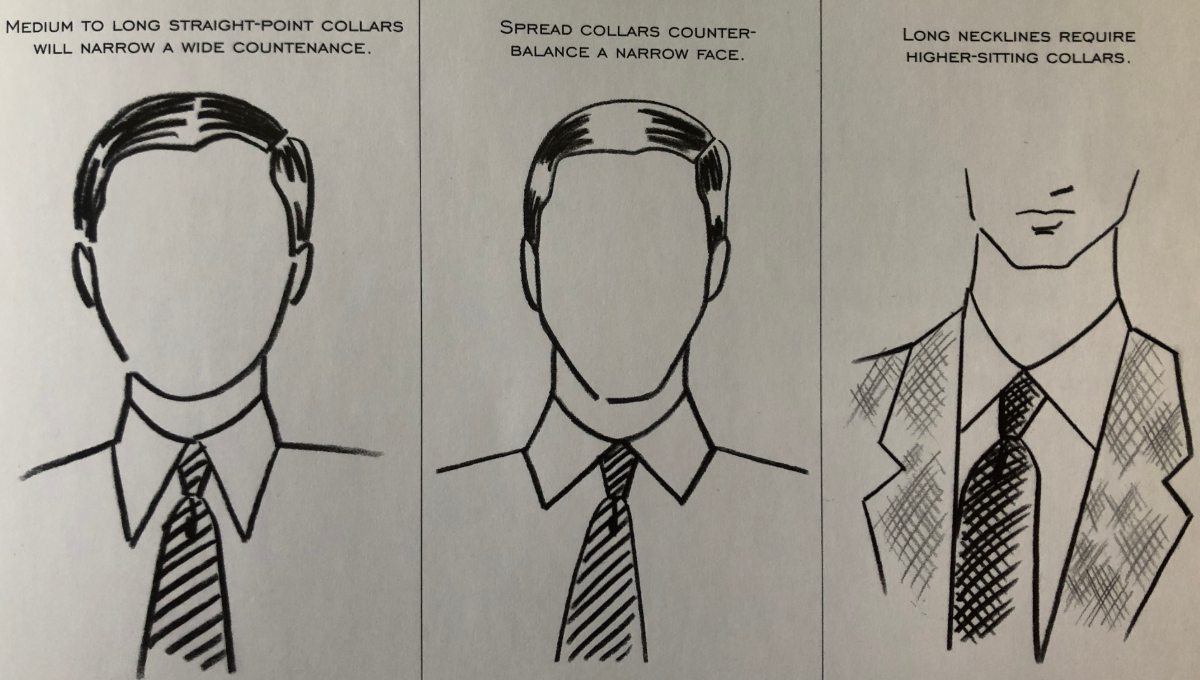 The opposite is true for men with more width than length in their faces, or who have round or square faces. These men should opt for narrower spreads so as to not widen their faces unnecessarily.
The opposite is true for men with more width than length in their faces, or who have round or square faces. These men should opt for narrower spreads so as to not widen their faces unnecessarily.
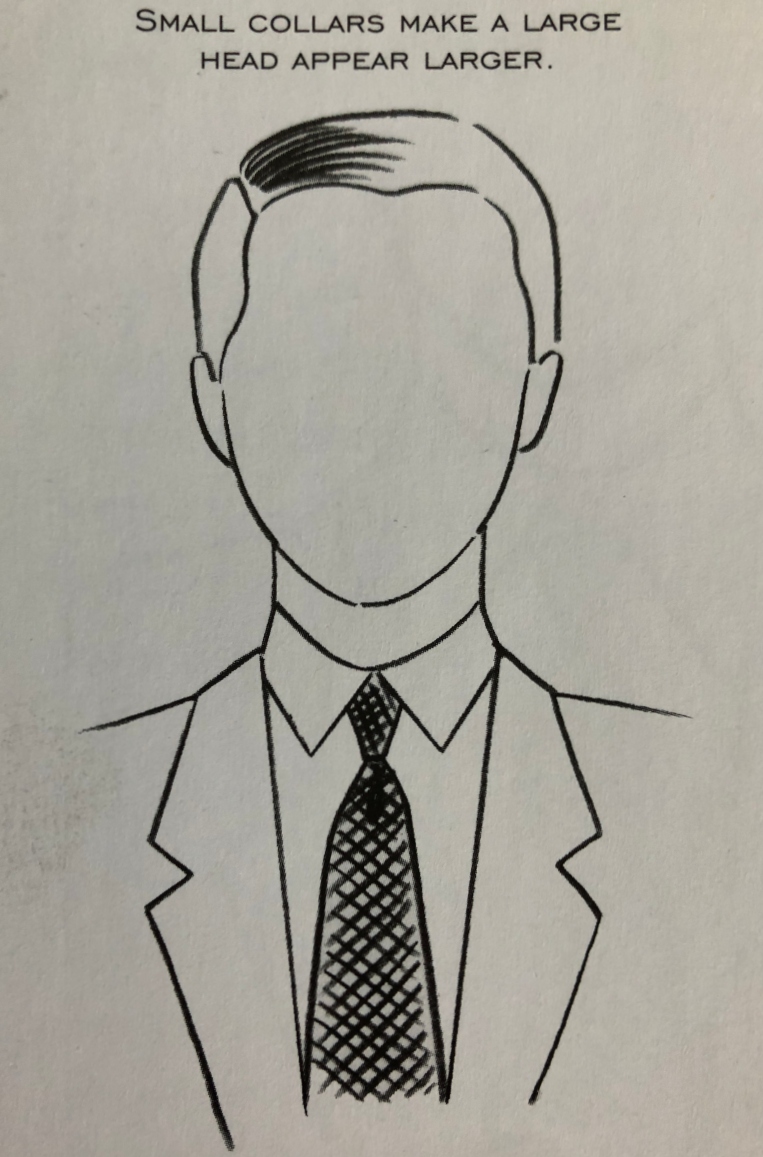 Your face’s shape is one of your immutable traits, and without spending thousands of dollars on cosmetic surgery, you can’t change it. We don’t mean to minimize the work that cosmetic surgeons do, please don’t get us wrong. We just feel that it makes more sense – financial and otherwise – to make shirts with a carefully selected collar that works with the cards genetics dealt you.
Your face’s shape is one of your immutable traits, and without spending thousands of dollars on cosmetic surgery, you can’t change it. We don’t mean to minimize the work that cosmetic surgeons do, please don’t get us wrong. We just feel that it makes more sense – financial and otherwise – to make shirts with a carefully selected collar that works with the cards genetics dealt you.
Cuffs
 Shirt cuffs serve the obvious purpose of keeping the sleeve closed at the wrist. They also help determine the shirt’s level of dressiness while adding a dose of personal style to the arrangement.
Shirt cuffs serve the obvious purpose of keeping the sleeve closed at the wrist. They also help determine the shirt’s level of dressiness while adding a dose of personal style to the arrangement.
We can divide cuffs into two categories: barrel cuffs and French cuffs – “double cuffs” for any Anglophile readers. French cuffs take cufflinks to fasten, barrel cuffs use buttons sewn to them to fasten. French cuffs are dressier than barrel cuffs. There are dozens of shapes for shirt cuffs, and you can even specify how wide you’d like them to be. We often make the cuff on one wrist wider than the other to accommodate a man’s watch, a detail that doesn’t exist in stock-sized shirts.
Styling
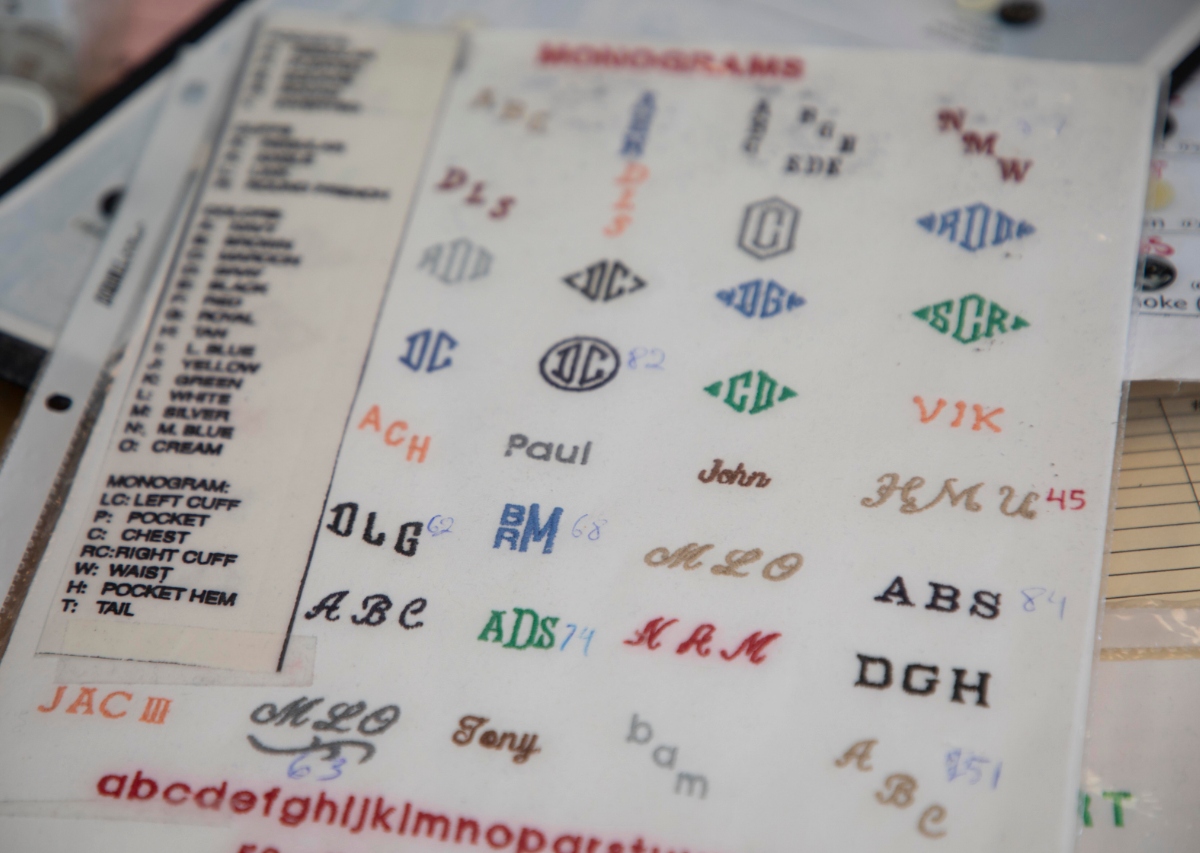 The last section of our series deals with styling. In the world of custom shirts, styling refers to quite a few different things, a few of which are:
The last section of our series deals with styling. In the world of custom shirts, styling refers to quite a few different things, a few of which are:
- Monograms – what color(s), what font style, and where do you place them on your shirt?
- Stitching – Where will it be? What color?
- Buttons – What type of buttons will the shirt take? How will they be oriented on it?
When it comes to custom styling, there is an infinite number of combinations and your imagination is the only limit. It’s truly astounding.
Conclusion
We hope this series gets you as excited about shirts as we are! We hope you’ll find this series eye-opening, and as always, contact us with any questions.
